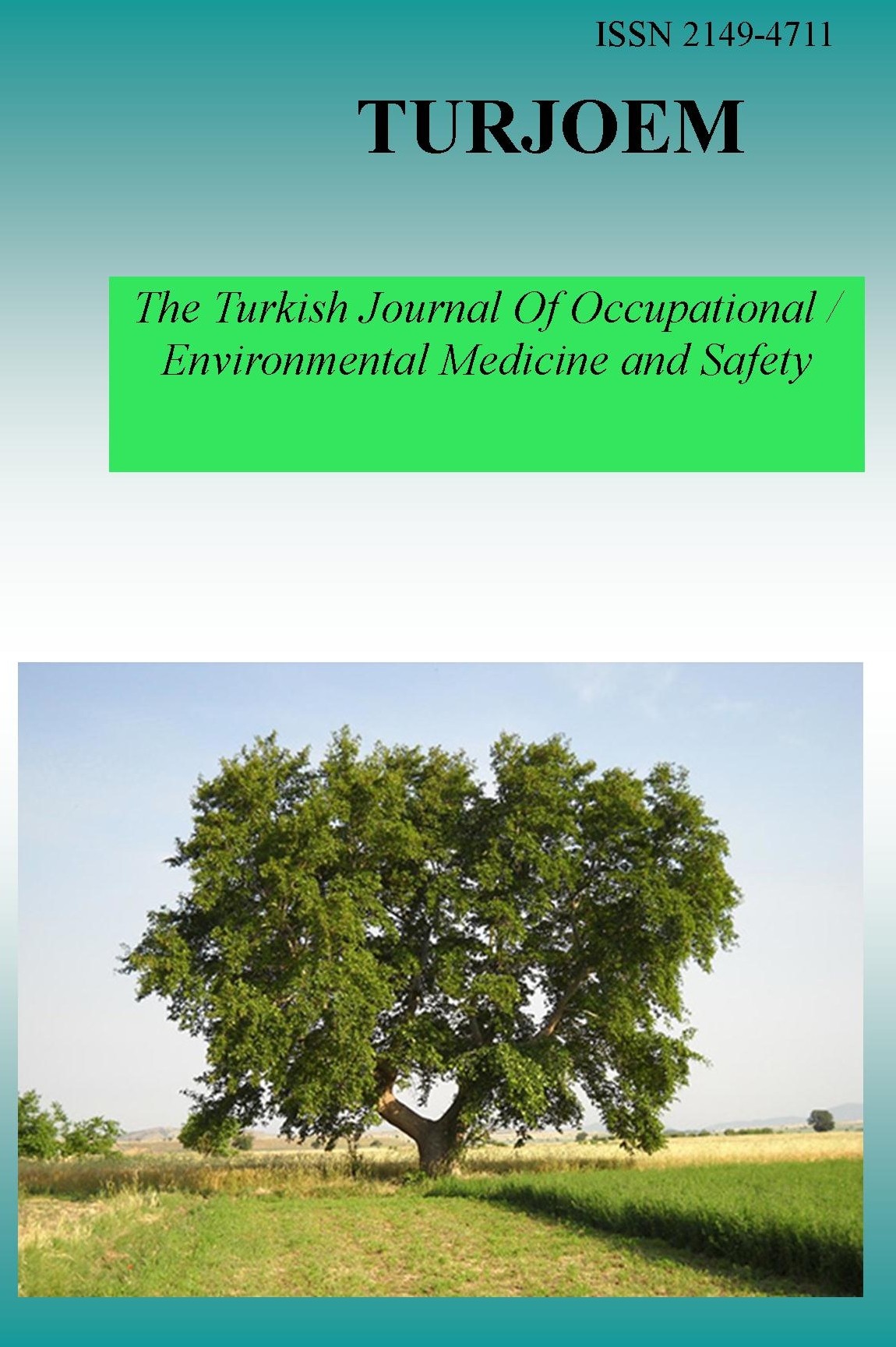Evaluation of biodegrability of tanned leathers treated with biocide
Evaluation of biodegrability of tanned leathers treated with biocide
___
- İhsan Yaşa, Ahmet Aslan, Bahri Başaran Ege University, Fundamental and Industrial Microbiology Division, Biology Department, Faculty of Science , Ege University, Department of Leather Engineering, Faculty of Engineering
- ISSN: 2149-4711
- Başlangıç: 2015
- Yayıncı: Engin TUTKUN
Exposure of pregnant women to pesticides
Nazan Akçalı, Sevim Sibel Demir Uzan, Muhsin Akbaba
The Effectiveness of Disinfectant Wipes
Serdar DENİZ, Muhsin AKBABA, Tufan NAYİR, Mustafa Kemal BAŞARALI
Antibiotic resistance by biocide exposure
Erhan KAYA, Ferdi TANIR, Muhsin AKBABA
Biocidals and neurotoxic effects
Volkan Recai ÖTEGEN, Muhsin AKBABA, Ersin NAZLICAN
Assesment of the legislation about biocidal products produced by nanotechnology in Turkey
Antimicrobial Glass Usage in Medicine and Daily Life
Mehmet Gökdeniz, Muhsin Akbaba, Hakan Demirhindi
Endocrine effects of pesticides
Sevim Sibel Demir, Nazan Akçalı, Muhsin Akbaba
Molecular phylogeny of Ochlerotatus species inferred from COI sequences
